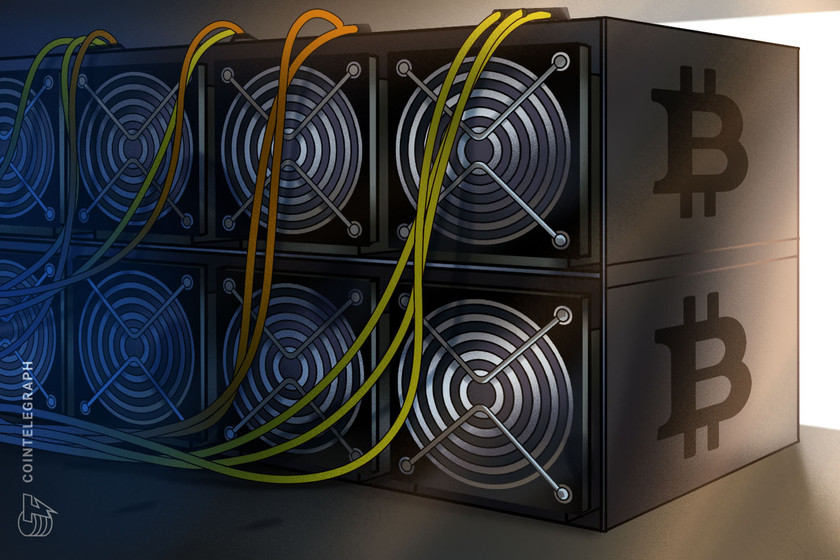US share of global crypto developers fell 26% in 5 years — a16z


In 2018, nearly 40% of all crypto developers were based in the United States, whereas in 2022, this figure had fallen to less than 30%.
The share of global crypto developers based in the United States declined by 26% from 2018 to 2022, according to a report from venture capital firm Andreessen Horowitz, also known as a16z. The report, titled “State of Crypto 2023,” cited data from Electric Capital and SimilarWeb to support its findings.
Today, we’re excited to share the 2023 State of Crypto Report and introduce the State of Crypto Index. https://t.co/nS2XjJoG1j
— a16z crypto (@a16zcrypto) April 11, 2023
A summary of the report’s findings stated that “Between 2018 and 2022, the proportion of crypto developers based in the U.S. vs. the rest of the world fell 26%.”
Backing up this finding is a graph in the report showing U.S. share of global crypto developers was nearly 40% in 2018, but went below 30% in 2022, a percentage decline of more than one quarter.
In its summary, a16z cited lack of regulatory clarity as a possible reason for the decline, stating, “There has been much debate, but little regulatory clarity, which has hindered web3’s growth. As a result, America’s edge may be slipping.”
However, the venture capital firm expressed hope that the U.S. may regain some of its lost ground. Multiple bills tabled in Congress have sought to provide regulatory clarity for crypto assets, including the Responsible Financial Innovation Act, the Digital Commodities Consumer Protection Act, and the Digital Commodity Exchange Act, the report said.
In addition, a16z cited several impactful crypto cases that may soon be decided as reasons for optimism. These include the Securities and Exchange Commission’s enforcement action on Ripple, the Treasury Department’s Tornado Cash civil actions, and the bankruptcy proceedings of firms such as FTX, Voyager, and Celsius.
The venture firm’s sentiment about regulatory clarity echoes many in the U.S. crypto industry. In November, Coinbase CEO Brian Armstrong argued that the FTX collapse was partially caused by U.S. regulations driving crypto users offshore. In December, crypto lending platform Nexo announced it was leaving the U.S. because the government allegedly “refuses to provide a path forward for enabling blockchain businesses.”













